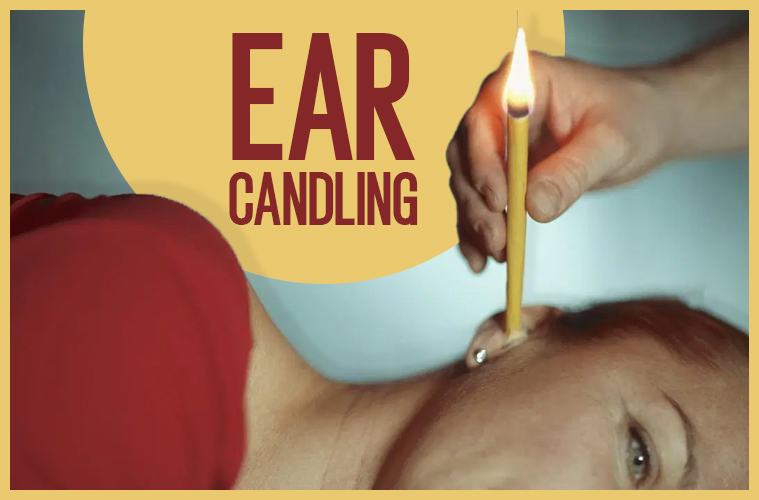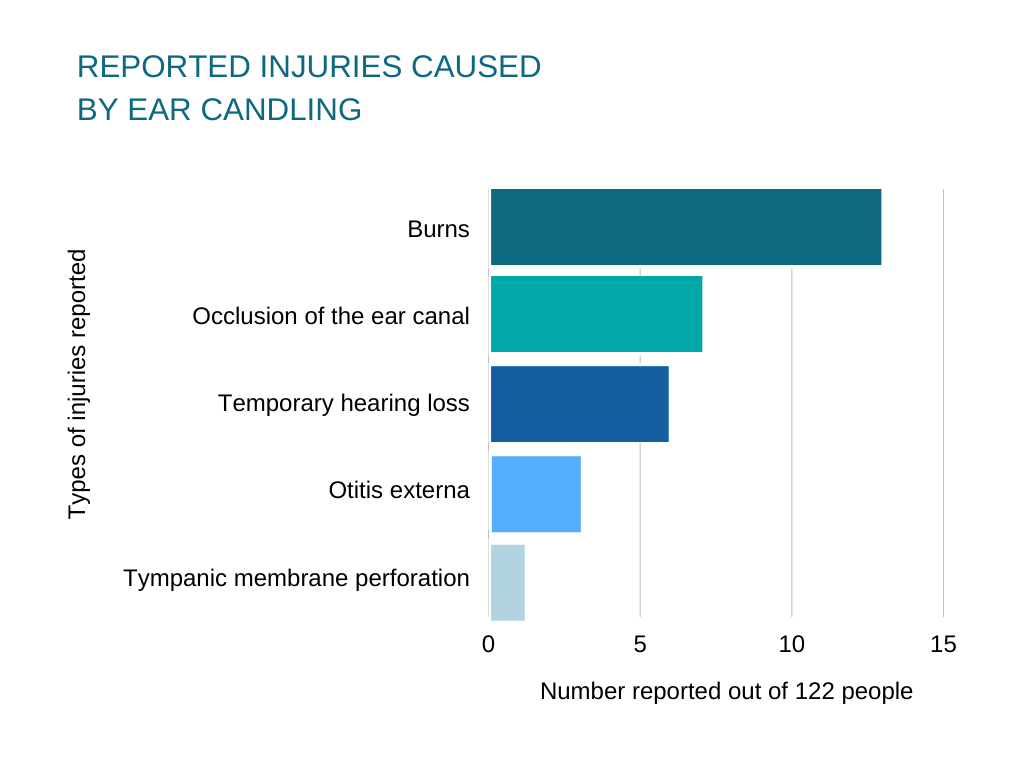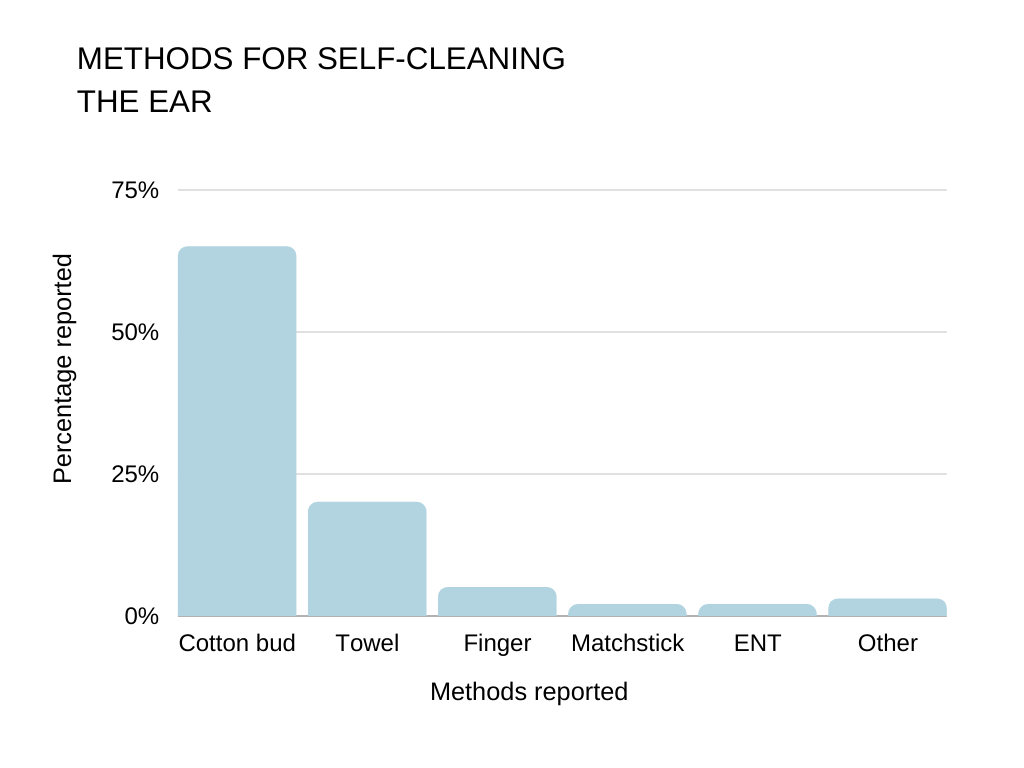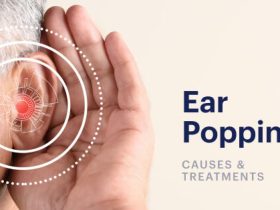Ear wax buildup is a generally harmless and natural bodily function. Many people feel bothered by this buildup, however, if it becomes excessive, the earwax can cause a minor drop in hearing.
Other people find that earwax build-up can cause itching, or other minor discomforts. For these reasons, toiletry and cosmetic companies are always experimenting with new earwax removal methods such as cotton swabs.
Ear candling is a popular method that has endured over time, but is it safe? Continue reading to learn about this way to remove debris and the best medical advice regarding it.
Key Takeaways
- Ear candling is a traditional practice.
- It is not recommended by most medical practitioners.
- Experiments and studies show that candling is not effective for cleaning the ear canal.
- The evidence presented by candling advocates is usually misinformative.
- Ear candling presents considerable health risks.
- Other safer and more effective methods of removing earwax blockage are easily available.
What Is Ear Candling?
Ear candling is the process of using lit, hollowed-out candles to draw out toxins and debris from your ear. It’s been a technique of folk healing for generations, performed mostly by non-licensed practitioners.
How To Do Ear Candling
Despite the simplicity of the term ear candling, the procedure requires a special, hollowed-out wax-and-paper tube. Some of these ear candles have special end tips to prevent debris from falling into the ear.
The typical procedure for ear candling consists of seven steps:
- The patient should lie on his side, orienting one ear upward.
- Insert the pointed end of the candle, or the end containing the special tip, into the ear canal.
- Place a drip pan at the footer of the candle, or wrap a towel around the bottom to prevent wax from dripping into the ear or landing on the patient’s head, which could cause a serious burn.
- Light the ear candle—the heat will cause suction.
- As it burns, trim away the burnt paper and melted wax from the top. Without trimming this material away, you increase the risk of hot debris landing in the ear or on the patient’s head.
- Burn it for about 15 minutes to complete the suction. Do not let the candle burn closer to the ear than five inches.
- Extinguish the candle stub and remove it from the ear. Check it for removed debris and toxins.
Ear Candling Before and After, REAL or SCAM?
Ear candling advocates will show you images after performing this technique. These images typically show dark-colored wax that has developed inside the device. In most cases, it truly looks like earwax.
Several skeptics, however, have performed side-by-side experiments, using these candles on a patient’s ear while simultaneously burning the candles over an empty glass.
Inevitably, these experiments have shown the same amount of wax in both used candles, suggesting the remaining wax was not removed from the ear canal, but rather it’s the remnant of the candle itself [2].
Does Ear Candling Really Work?
The vast consensus of the medical community is that this procedure does not effectively remove earwax or any other contaminants from the ear canal [3]. Heat from the process does not exceed body temperature enough to cause a difference in pressure.
The FDA does not recommend this procedure and has issued medically reviewed warnings in an article against it [4]. They recommend ear irrigation instead.
Risks of Ear Candling
Not only is it ineffective at removing earwax and contaminants from your ears, but there are also some considerable risks to the procedure.
Ear candling comes with several risks, with anything from burns to membrane perforation
Ear Canal Blockage
Ironically, this way of removing wax from the ears carries a large risk of contributing wax to the ear canal. This should not be a surprise, considering these candles contain much more wax than human ears.
Analysis of candling residue has determined that residue is most likely from the candle, not what is drawn out of the ears. Furthermore, data case studies have shown patients have been admitted to hospitals after attempts at candling.
In these medically reviewed case reports, the attending doctors determined that wax from candling was deposited in the ear canal, leading to health problems [5].
Burn Injuries
Because this procedure involves an open flame, there is always a risk of burn injury. This risk is not only to the patient, but to any individuals performing the procedure.
Burns can be a result of the candle flame, but more likely a result of hot wax. In the worst error, this wax can drip inside the ear canal which can lead to burn damage to the eardrum.
Candle wax can also drip onto the head and face of the patient. In these cases, it is not uncommon for the patient to react quickly, sitting up and losing control of the candle. This only complicates the risks of fire and other burn damage conditions.
Perforated Eardrum
An oft-cited medically reviewed study presented a 50-year old woman who had a hospital visit after attempting ear candling service [3]. After a clinical site experience, this woman was found to have suffered a tympanic membrane perforation as a result of the candling attempt.
The eardrum is one of the most important parts of the ear anatomy and protecting it from damage is paramount.
Hearing Loss
Candle wax in the ear canal, perforated eardrums, and burns can all lead to temporary or even permanent hearing problems that might require tracking technologies.
Additional Risks
Other experiences and side effects include sinus infections, sinus pain, and otitis externa.
Are There Any Benefits of Ear Candling?
No. There are many safer and more effective methods of ear hygiene that we’ll provide in detail below.
How Can I Remove Ear Wax Safely?
Studies suggest that for nearly all individuals, manually removing earwax is unnecessary [6].
However, irrigation of the ear canal, using a syringe and clean water, is the safest and healthiest way.
If you are interested in learning how to become an audiologist, it is important to study safe ways to remove ear wax build-up.
Using a cotton bud is one of the most common methods for self-cleaning the ear, and a better alternative to ear candling
FAQ
Is Ear Candling Safe and Effective?
No. The American Academy of Audiology has provided information that it is ineffective and the health risks outweigh any hygiene benefits.
Is Ear Candling FDA Approved?
No. In fact, the FDA website has issued warnings against ear candling [4].
What Comes Out of Ear Candles?
Although it might look like ear candles are removing earwax, the residue inside used ear candles is usually ash and wax from the candle itself.
Is Candle Wax Toxic?
The commercially available versions are made from non-toxic or soy wax and can be safely handled.
Where Can I Buy Ear Candles?
Ear candles may be available in certain homeopathic health information stores, or can be found online.
Conclusion
Ear candling practice is not effective in removing earwax from the ear canals. Popular evidence of removed earwax from the site is often misleading.
Additionally, it can be dangerous and can cause permanent health risks. Because there are much safer and more effective alternatives, this procedure is never recommended.
References
- Seely DR, Quigley SM, Langman AW. Ear candles—efficacy and safety. Laryngoscope. 1996 Oct;106(10):1226-9. doi: 10.1097/00005537-199610000-00010. PMID: 8849790.
- Rafferty, J et al. “Ear candling: should general practitioners recommend it?.” Canadian family physician Medecin de famille canadien vol. 53,12 (2007): 2121-2.
- Commissioner, Office of the. “Don’t Get Burned: Stay Away From Ear Candles.” U.S. Food and Drug Administration, FDA, www.fda.gov/consumers/consumer-updates/dont-get-burned-stay-away-ear-candles.
- Kianoosh Nahid; Prepageran Narayanan; Mohammad Amin Jalaluddin. “Ear Candling: A Dangerous Pleasure?”. Iranian Journal of Otorhinolaryngology, 23, 1, 2011, 51-54. doi: 10.22038/ijorl.2011.630
- Khan, Nasim Banu et al. “Self-ear cleaning practices and the associated risk of ear injuries and ear-related symptoms in a group of university students.” Journal of public health in Africa vol. 8,2 555. 31 Dec. 2017, doi:10.4081/jphia.2017.555







Leave a Reply